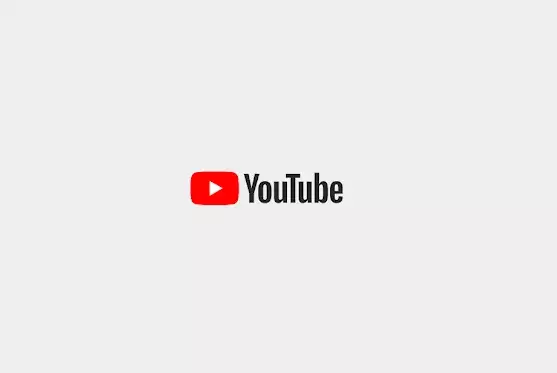YouTube has recently announced a series of updates designed to improve monetization pathways for creators focusing on its rapidly-growing Shorts platform. These changes not only give creators more agency in securing brand partnerships but also introduce new data tools that enhance the creator’s understanding of content performance. In this article, we’ll explore what these updates entail, how they affect creators, and what implications they hold for the future of YouTube as a competitive player in the content-sharing space.
One of the most notable updates is YouTube’s initiative allowing creators to initiate brand partnerships directly. In the past, the process was largely reactive—brands would reach out to creators to discuss potential collaborations. Now, creators who are part of the YouTube Partner Program and have more than 4,000 subscribers can send video linking requests to advertisers via YouTube Studio. This shift places the onus of connecting on creators, enabling them to market their existing content more strategically.
This change could significantly transform how creators approach brand collaborations. With the capability to showcase their content directly to brands, creators can forge relationships that resonate more authentically with their audience. While monetarily this might not translate into immediate earnings—since creators won’t receive a direct cut from ads launched using their content—it enhances their marketability and could lead to more lucrative, long-term partnerships.
The ability for creators to tag their content for brand interest acts as a stepping stone toward monetization, fostering a collaborative ecosystem between creators and brands. This function is particularly crucial as it provides a more organic avenue for creators to monetize their work via sponsorships rather than relying solely on ad revenue. With the explosive growth of Shorts content and increasing audience engagement, this development is timely and beneficial.
However, there remains a lack of clarity regarding the financial implications of these partnerships for creators. While they can facilitate brand deals that might eventually offer monetary compensation, the precise mechanisms through which creators might earn from these initiatives are still undefined. This is a crucial point for creators, who need to understand how these collaborations will translate into actual revenue.
Beyond partnerships, YouTube is also upgrading its analytics tools with the introduction of new “Data Story” features. Initially launched in 2022, Data Stories have been designed to provide insights into video performance over the first 24 hours of posting, allowing creators to evaluate what works and what doesn’t.
The recent enhancements to Data Stories are focused on delivering actionable insights to creators about the factors driving their video performance. By being informed of what works well within that crucial initial viewing window, creators can adapt their strategies more effectively. This real-time feedback loop is invaluable in a space where trends can change rapidly, making it essential for creators to understand their audience’s preferences on-the-fly.
Moreover, YouTube is introducing a “Most Relevant” filter for comments, aiming to highlight engagement opportunities within viewer feedback. This update is a response to the burgeoning conversation culture on the platform, where interactions can enhance community-building and viewer loyalty. By focusing on questions and comments that invite responses, creators can identify opportunities to deepen their connection with their audience.
The implementation of this feature reflects a growing recognition of the critical role that audience engagement plays in content strategy. However, the specifics concerning how relevancy is determined remain vague, an aspect that YouTube may need to clarify to ensure creators can effectively leverage this tool.
YouTube’s recent updates present an encouraging shift for Shorts creators, expanding their monetization avenues and enhancing analytical capabilities. By facilitating direct connections between creators and brands and equipping them with improved performance metrics, YouTube seems poised to nurture a more dynamic and lucrative ecosystem for content creators. However, the platform must continue to refine its features and provide clarity on revenue implications if it intends to maintain its competitive edge in the ever-evolving digital content landscape. As user engagement continues to surge on Shorts, these initiatives could indeed serve as valuable catalysts for growth, benefiting both creators and brands in the long run.


Leave a Reply